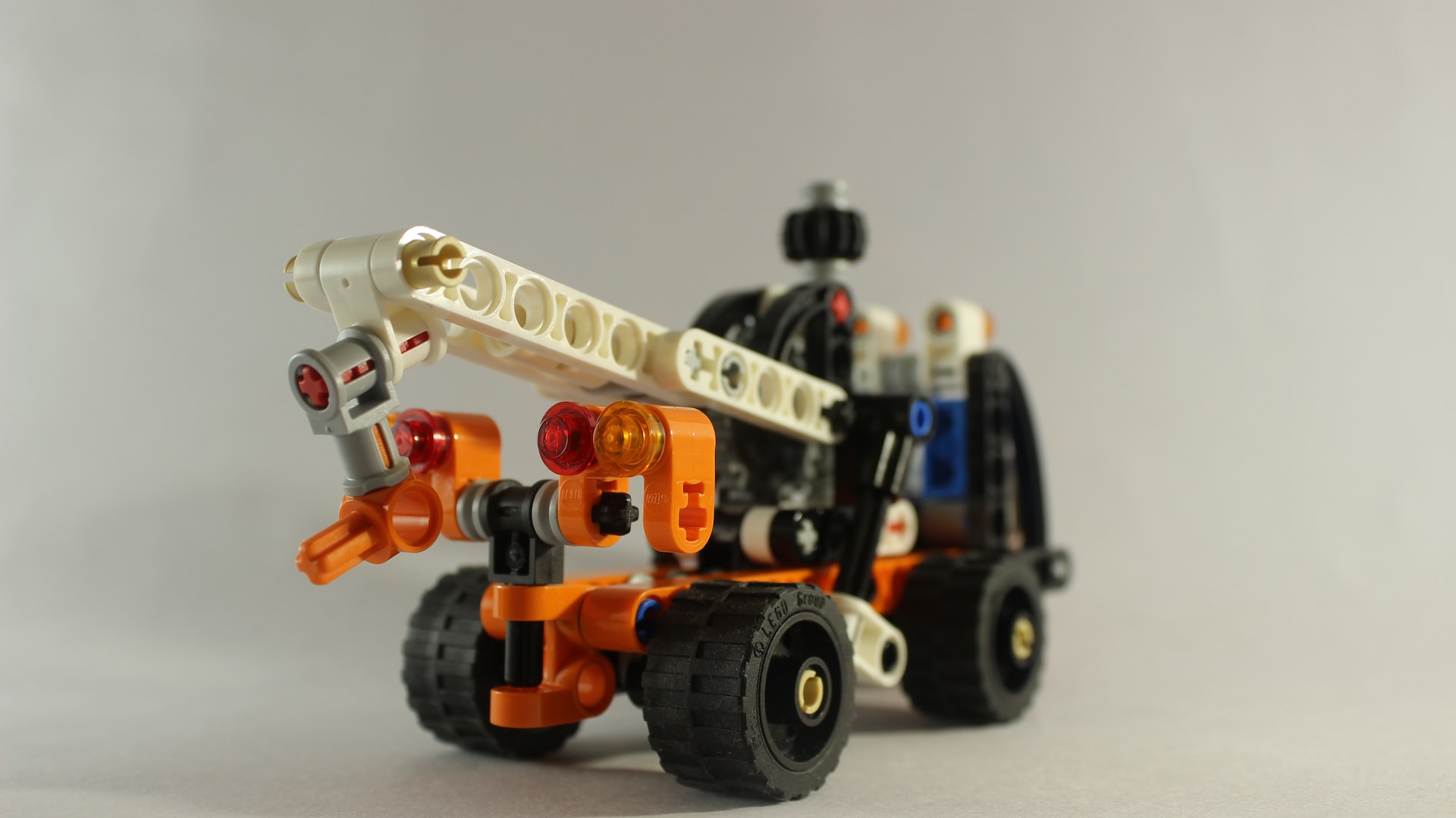
5 Safety Tips For Towing A Car
There are several things to keep in mind when towing a car. The vehicle should be well-stabilized, have sufficient stopping distance, and have proper chains. Common sense, as towing requires more caution. You’ll need to pay extra attention to the speed of your vehicle and be prepared for unexpected stops.
Trailer sway control
Car towing Tucker, GA, is a complicated process that can cause several safety issues. For example, if a vehicle is loaded too heavily, it can cause the trailer to “fishtail,” which is highly unsafe. To avoid this, you should spread the weight of the items you’re towing out evenly.
Another important tip is to practice backing up. If you can, use a spotter to assist you. It would help if you also practiced backing up and changing lanes. This will help you get used to driving with a trailer so you can use your side-view mirrors effectively. Taking a defensive driving course or brushing up on your driving skills can also be a good idea.
Before driving, ensure you know the weight limits of your trailer and your tow vehicle. Ideally, your trailer’s weight should be 60% or more of the car’s. It should also be centered and secure. It should also be connected to the tow vehicle’s frame and hitch. Follow the instructions carefully when you’re ready to hook up your trailer. Then, be sure to lock the stabilizers so that the trailer won’t move during transit.
Low-resistance tires
You must remember some basic safety precautions when towing a car with low-resistance tires. First, you must inflate your tires properly to ensure they have the proper grip. Secondly, you must always check tire pressure when the tires are excellent. Also, replace old tires with high-quality ones.
The tires must be similar in shape, compound, and tread structure. The quality of the tire should be based on three metrics: fuel efficiency, traction, and durability. Choose a tire that has a good balance of all three. It is also best to buy a tire with a larger sidewall to compensate for the reduced elasticity of the sidewall.
Crossed chains
Crossed chains make towing a car safer by minimizing the chances of a failed hitch.
To avoid the danger of crossed chains while towing a car, ensure the safety chains’ attachment points are as close to the frame width as possible. This will improve tracking, which means you have better control over the towed equipment when you slow down or stop. In contrast, if you attach the chains too far toward the center, you risk off-tracking the vehicle and causing severe lateral movement. This can result in the safety chains breaking or even striking an oncoming vehicle.
In addition to the safety chains, you should use your car’s safety chains to prevent excessive movement between the car and trailer. The chains are made of link chains and other means of attachment and must not be longer than necessary. It would help if you also left enough slack in the chains to turn and lift the tongue without losing control of the car.
Common sense
Towing a car or a trailer involves a lot of care and caution. Be sure to slow down and stay in the proper lane. Also, always slow down before turning, and do not tailgate. Finally, if you find a flat tire, you must avoid panicking and continue driving slowly.
Before you begin towing, know your state’s laws. In some states, towing is prohibited without the proper towing equipment. Failure to comply can get you in trouble with the law. It may also affect your insurance. If you have towing coverage through your car insurance, make sure the terms of your policy are clear and in line with state and local regulations.
Towing a vehicle requires a more significant following distance than driving it alone. The vehicle you’re towing must have the proper lighting to make it visible and easy to stop. Also, if you tow a trailer, ensure ample clearance for turning and exiting the lane. Driver error is one of the leading causes of accidents involving towing a vehicle. Be sure to follow all the instructions provided by the manufacturer. Otherwise, you risk damage to the tow bar or drivetrain.
Practice driving with a trailer
Driving with a trailer adds extra weight to the car, which makes it more difficult to accelerate and stop. To reduce the risk of jackknifing, leave extra space between the vehicle and the trailer when driving. Also, practice braking and making wide turns.
Whenever possible, drive with the trailer at a moderate speed, and make sure that the driver knows how to drive safely. Towing at high speeds can be dangerous, so always keep in mind the speed limit and conditions on the road. If you’re a first-time trailer driver, practice driving on an empty parking lot first. This way, you can get a feel for the tow vehicle’s response time and turning radius.
Practice backing up and maneuvering the trailer around obstacles, such as light poles. It’s also important to remember that the trailer’s rear bumper arc will be smaller than the front bumper arc of the tow car, so keep that in mind.
